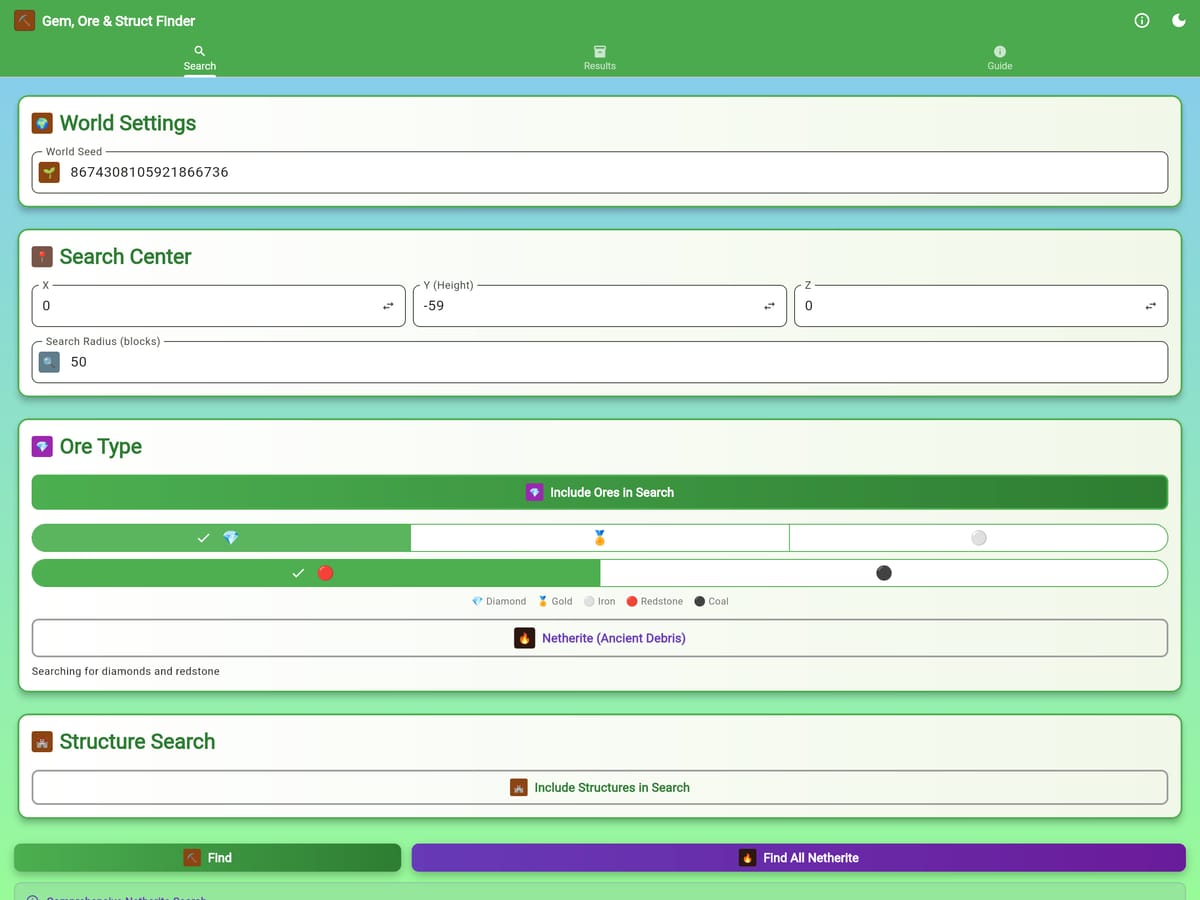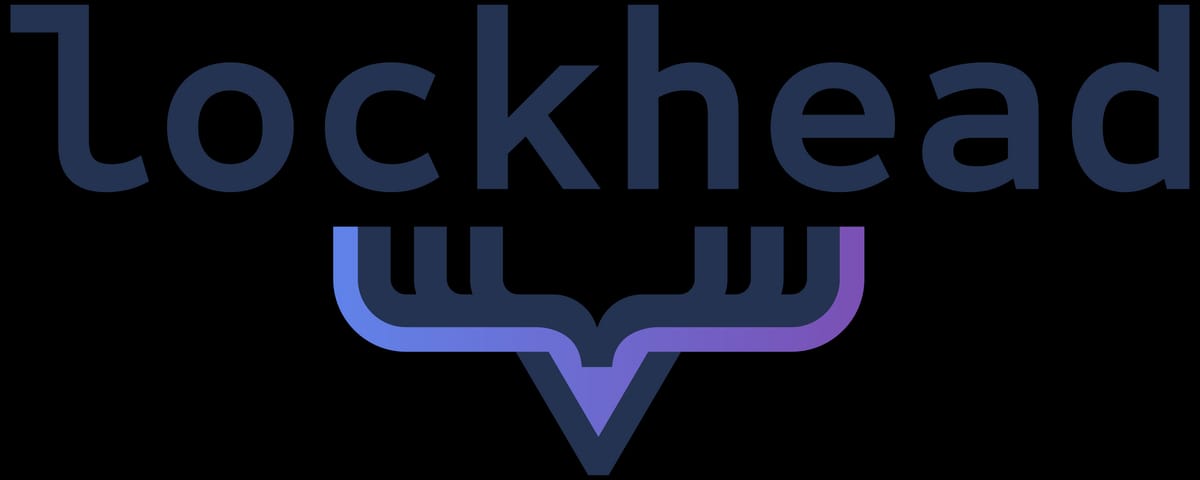
Building my first (mobile) app - A gem, ore and structure finder for Minecraft
How it started - background story
As some of you might have seen, I’ve been tipping my feet into “cross-platform” development a tiny bit since I’ve started my community pressence. In 2017, I presented at re:Invent about a CI/CD pipeline for a Flutter Application running on AWS and ever since then I’ve been playing around with Flutter as a Multi-Platform UI framework.
A few weeky ago, on a sunday morning, my son asked me if I would allow him to install a new app on his phone - he enjoys to play Minecraft and he want to try an app that would help him to be faster at finding diamonds, nether and “other things” that Minecraft tries to hide from the players :-) After installing the application on his Android phone, he quickly got into trying it out…and when I looked at the app on his phone, I saw that…
- It had a lot of ads everywhere
- He was only allowed to see the first 3 search results
- It was limited for a small amount of searches in total
…afterwards, the app author ask for a few dollars for additional usage.
We didn’t want to pay money for this, so I said to my son…
Let me try if I can build you something!
Getting started - Amazon Q Developer for the rescue
I didn’t know a lot about the Minecraft algorithm when starting this, I only new “a few things” my son told me. I also knew that I wanted to try this out in Flutter to be able to then make this available on both Android and iOS. I was thinking about using this as a “showcase” and a learning opportunity to see how to push a mobile application to both the Play Store and the App Store.
I’m proud to say that I’ve achieved that - but before running ahead, let me let tell you a bit more about the journey.
Starting to build
Not knowing enough, but owning a AWS Q Developer Pro license, I started off with an empty folder on my local IDE - Visual Studio Code with the Q Developer plugin enabled.
I can’t 100% remember, but the initial prompt was something similar like
Please create a Typescript script that can be used to find diamonds in a specific Minecraft world.
After roughly 2 minutes, I did not only have my initial script, I also had guidance and documentation on how to run this script. My son and I tried the script, and he was able to find his first diamong :-)
Obviously that wasn’t good enough for him, as he’s too young to execute a Typescript application. So, I needed a UI.
My seconds prompt was similar to this one:
OK, that’s good, now let’s use this script to create a basic Flutter application that can be deployed on iOS, Android and the Web and is able to find diamonds in Minecraft”
After about 10 minutes, I had a Flutter application that I was able to run in “debug mode” on my laptop by running flutter run -d chrome. I was able to show the UI to my son and he was… well, impressed!
Within less than 15 minutes I had a (local) UI that did something very close to what my son was looking for!
My son was impressed!
Moving on: Making it pretty and deployment
From this initial version to where the app is today, was a bit of a longer journey than 15 minutes. As a next step, I pushed the code to Github (a private repository), then connected Codemagic to it and set up the build there. That helped me to have a simple CI/CD pipeline for the application - and I was able to manually download the APK (Android) version of the application to sideload it on my son’s phone. :-)
It wasn’t “pretty”, so I asked Q Developer to make it “pretty” and make it look more like a “Minecraft”, gamer application. Another round of CI/CD and the application looked good and it even had a “dark mode” :-)
Adding IaC and pushing to App Store and Play Store for testing
After taking that first challenge (side-loading on the phone) - I aimed for making the app available in App Store and Play Store. While Codemagic makes the “push” pretty simple, there where a bunch of things that I needed to set up manually to be able to push the application. I needed to create the application on both store, needed to add some information and create logos.
Here, I tried to use Amazon Q Developer in my IDE to help me through the different steps, but I needed to consult ChatGPT in addition to that as Q Developer sometimes failed on giving me appropiate information.
After a few hours (I would case between two and three), I was able to convince Codemagic to push the initial version to both stores. After setting up the appropiate testers, I was able to test the application on my sons phone (andrid, installed through the Play Store) and on my own phone (iOS, installed through Testflight).
Q Developer was also so kind to help me create AWS CDK Infrastructure as Code (IaC) and a Github Actions CI/CD pipeline to be able to push the “Web” version of the app to AWS.
From a “test app” to “production”… and Kiro…
For those that have gone through this journey, you might know that the next step on the journey of “productizing” an application is to get the app approved in both the App Store and the Play store by submitting it for approval. This process requires you to fill out some additional details manually, confirm compliance requirements, upload screenshots and app descriptions in both the App Store and the Play Store.
While working on these steps, my son asked me for additional features of the application. At that time, Kiro was made available and I switched over to give Kiro a try in adding the additional features using the “Spec based development” - a more detailed review on Kiro will be available soon. Here I just want to mention that I was able to quickly add additional features and functionality and I was able to iterate quickly and thus the app gradually grew from “find diamonds” to an application that is able to find gems, ore and structures with different search parameters - all based on customer demand (input from my son).
By the time that I had all the “paperwork” ready, the app had a decent amount of functionality.
Getting the app approved took me a few iterations, as both App Store providers didn’t want me to use the “copyrighted” term (Minecraft) in the apps name and there where a few other tips and tricks that I needed to be aware of.
After roughly two weeks of “elapsed time”, the app was availble in both App Stores.
Links: Play Store and the App Store
Steady growth, without marketting, but not a lot of feedback
Since the app was made available, it has received a steady growth on both stores. The only “marketing” I did so far was to post two or three times on LinkedIn or X about it.
Right now I am at over 250 installations accross both platforms! :-)
I however got only one review until today (5 our of 5 stars on the app store) and I am looking for more feedback - reviews, or just an email to lockhead+minecraft@lockhead.info.
Key takeaways - initial experiences in building with Amazon Q Developer (and Kiro)
It was impressive to see how quickly I was able to build an initial prototype of the app, based on only a few details in the prompts I used. It was also impressive to see how the two used tools helped me to “learn something new” (I didn’t know anything about Minecraft, only a few things my son told me!). I was able to level up my experience in building something new and actually showing my son the power of not only programming but also technology.
It’s important to not that this is - still today - a VERY basic application that does not have a backend but is really “only” a frontend. There is no database, no API, no cloud infrastructure. The coding assistants (Q Developer and Kiro) did a really good job at that and helped me to speed up my development.
The story above tells a bit about my journey in building this within the last about 10 weeks - but I have additional learnings and more experiences with something bigger - soon to be announced and made public :-)
So stay tuned for the next post(s) around my projects!
Do you have comments, feedback or own experiences to share? Reach out to me at lockhead+minecraft@lockhead.info!
I’m looking forward to it!

